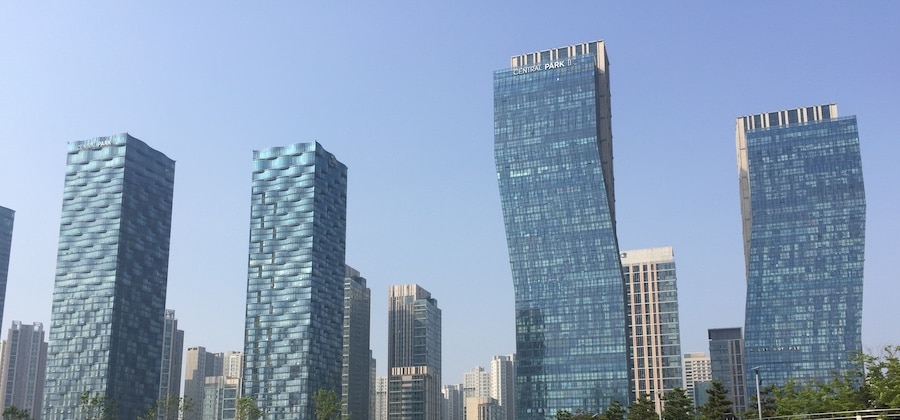
Developers and architects have the opportunity to sell a new vision of sustainability in the United States. Many people see private capital and sustainability as fundamentally at odds with each other. Some even question the value that developers, architects and investors bring to the community building or redevelopment process.
But civic-minded investors have the opportunity to change this dynamic by supporting developers and architects working on real estate projects that are more inclusive and friendly to local residents and the environment. The value that private capital adds to the equation is the ability to mobilize and rally like-minded investors and real estate professionals to take these projects from concept to shovel ready to completion.
Macro, micro, and mezzo
When attempting to solve issues as complex as long-term sustainability, developers must take a full-spectrum approach to solve the problem. This means when creating new communities, developers need to look at the problem from multiple levels, on a grand or macro scale which takes regional concerns into account, on a small or micro scale which looks at building use and techniques, and with a mezzo approach, which examines sustainable development at the community or neighborhood level.
Macro approach
Taking regional needs into account is crucial when attempting to build a community that is both livable and environmentally friendly. For example, a project in sunny Sedona, Arizona will have needs that may not be applicable in Portland, Oregon, and vice-versa. Variables like water usage, solar panel options, xeriscaping choices, and other desert or dry climate requirements need to be taken into account before constructing a new development in Arizona, but maybe not in Portland or San Francisco or Omaha.
Micro approach
The micro scale (on an individual project basis) is vital to efforts to create sustainable homes. When creating an environmentally friendly, livable space, it is essential to balance design and aesthetics, longevity, and sustainability into a single package. Without some mix of those three factors, it is unlikely that your project will make it past the planning stages. Remember that there are numerous stakeholders to whom you may be accountable, including investors, lenders, local residents, and city officials.
Mezzo approach
District, or mezzo scale work, is felt at the neighborhood scale, as opposed to individual buildings (micro scale), or entire regions (macro scale.) An example of a mezzo-scale project could be a neighborhood-focused infrastructure project, such as replacing fluorescent streetlamps with LEDs in a designated area, or implementing a bioswale rainwater catch system for a specified area.
Remember that while individual properties can be improved, their value is largely defined by the neighborhood in which they reside. Sustainability issues often arise from poor planning. A little bit of preparation can prepare a community for long-term sustainability challenges, like collecting rainwater, reducing energy and water waste, efficient public transit, and many hurdles that come up as a result of poor planning.
_
Sustainable communities do not appear out of thin air. It takes a team of dedicated professionals to meet the challenges of the present, while keeping an eye towards the future viability of environmentally-friendly design and development choices. As the old adage goes: “If you don’t know where you’re going, any road will take you there.” Don’t follow any road- follow the road toward long-term sustainable development.
Photo of Songdo, South Korea by Eve Picker.
